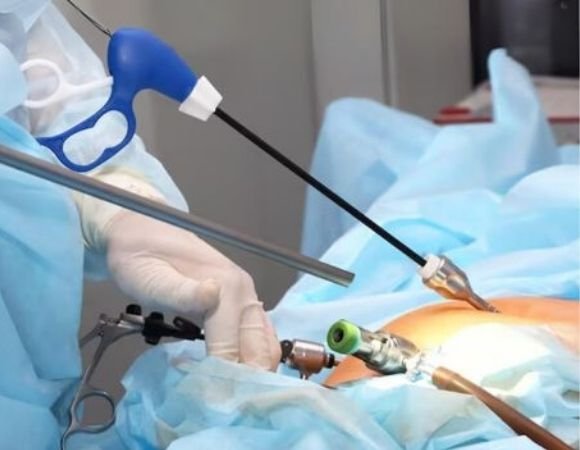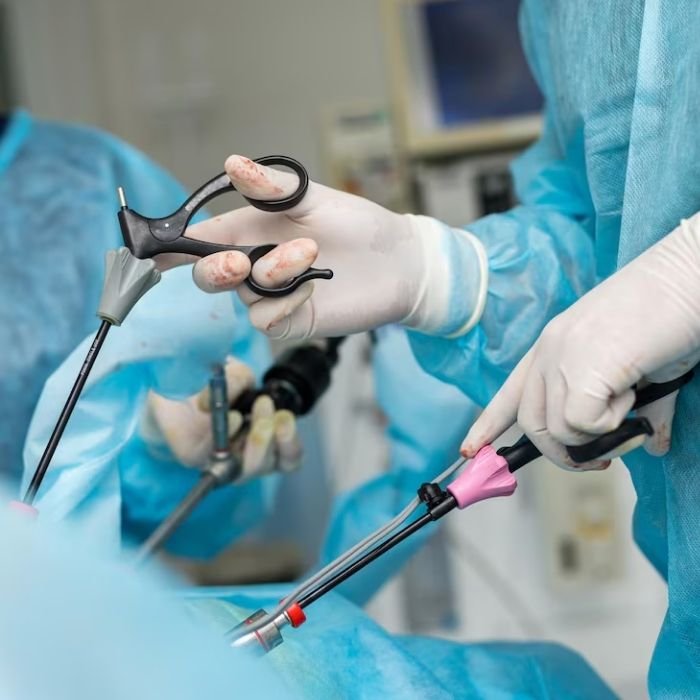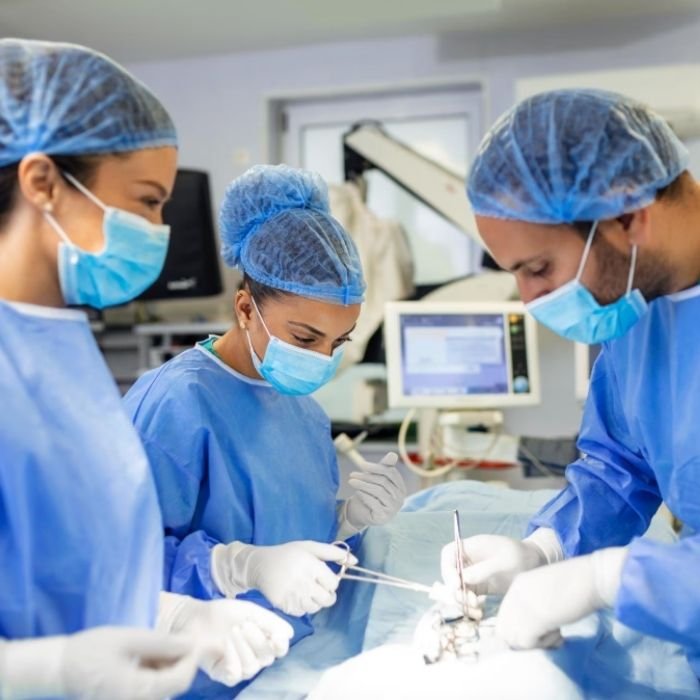 Book Appointment
Book Appointment
For many patients, the thought of undergoing surgery brings natural worry — concerns about pain, large scars, and long recovery periods. Thankfully, modern medicine offers a solution that makes surgery far less daunting: laparoscopic surgery.
Also known as minimally invasive surgery or keyhole surgery, laparoscopic surgery uses tiny incisions, a miniature camera, and advanced instruments to perform operations with precision. Instead of the long cuts associated with traditional surgery, patients experience much smaller scars, significantly less discomfort, and quicker recovery.
At our surgical practice, we specialize in laparoscopic procedures. With over 25 years of experience, 8,000+ successful laparoscopic surgeries, and state-of-the-art technology, we provide patients with safe, effective, and compassionate surgical care.

Laparoscopic surgery is a modern technique where the surgeon operates through very small cuts (usually 0.5 to 1 cm each) instead of a single large incision.
A thin instrument called a laparoscope — equipped with a high-definition camera and light — is inserted into the body. This allows the surgeon to see magnified images of the organs on a screen. Other specialized instruments are inserted through additional tiny incisions to perform the operation.
Because of this minimally invasive approach, laparoscopic surgery is often referred to as “keyhole surgery.”
Many different abdominal and gastrointestinal surgeries can now be performed laparoscopically. Commonly include:
01
02
03
04
05

Laparoscopic surgery can be performed for most patients, but suitability depends on several factors:
Your surgeon will evaluate your medical history, perform investigations, and then decide whether a laparoscopic approach is best for you.

Patients often ask: “Why is laparoscopic surgery better than open surgery?”
Here are the key benefits:

Patients also ask: “Is laparoscopic surgery safe?”
Yes, laparoscopic surgery is considered very safe when performed by experienced surgeons. However, as with any medical procedure, there are potential risks:
It’s important to understand that while complications are possible, their likelihood is low — especially in expert hands. Our team follows the highest safety protocols to ensure patient well-being.

Recovery after laparoscopic surgery is usually smooth and quick. Patients often return to work and daily activities within a week.
Typical aftercare includes:
Patients choose our center for laparoscopic surgery because of our:

Patient Information Guide